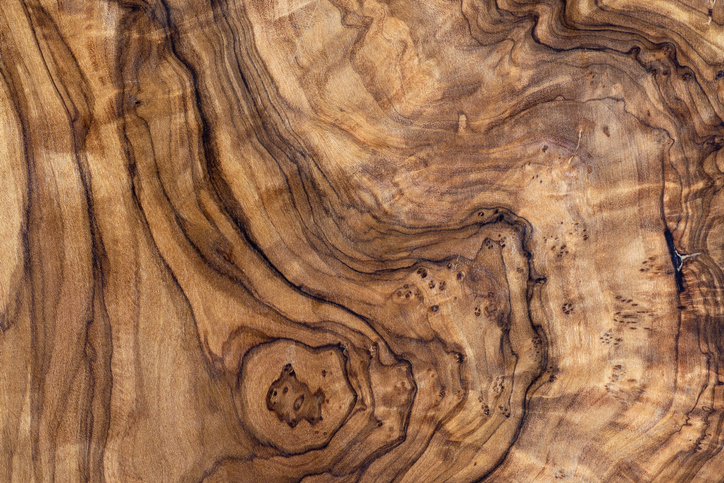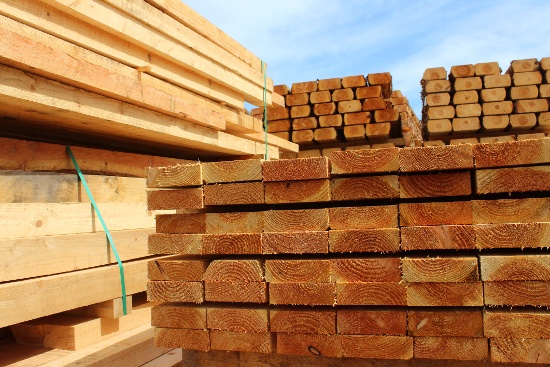Moisture Content
Moisture Meter
moisture meters
pinless moisture meters
Delmhorst
lumber industry
lumber
Moisture content in lumber
moisture levels
pin-type moisture meters
woodworking
Your Guide to Choosing the Best Moisture Meter for Your Woodworking and Lumber Applications

Welcome to our third article exploring why a moisture meter is such an essential tool for anyone who works with wood. Accurately assessing the moisture content in lumber is one of the key steps to successful woodworking. We’ve already looked at what can happen when working with wood that is too wet or too dry. Proper drying or seasoning of wood is a critical step, and woodworkers must also take into account the conditions in the environment the wood is being deployed into, whether building a window frame or a dining room table.
Various factors affect the quality and durability of your finished project, so how do you choose a reliable, accurate moisture meter that’s right for the job?
A Brief Introduction to Moisture Meters for the Woodworking and Lumber Industries
Wood is a naturally wet product, thanks to the sheer volume of water flowing through living trees as sap. Drying or seasoning wood takes out much of that moisture, reducing it from a moisture content level of sometimes over 100% to target levels of 6%-9% for furniture. Dry wood too much or too quickly, though, and defects like warping and cracks will set in.
Moisture meters are the only way to reliably and accurately assess the moisture content in lumber at every stage of production. Choosing the best moisture meter for your specific application can help you work more efficiently and stay ahead of the competition.
Wood is hygroscopic, which means it absorbs moisture from, and releases moisture into the surrounding air until it reaches equilibrium with its environment. The term used to describe this condition is EMC - Equilibrium Moisture Content. Once at EMC, the woodworker can be confident the wood will no longer expand and contract, and defects like warping, splits and cracks likely will not occur in the future. As a woodworking or construction professional, you’ve no doubt taken the time to allow your wood to acclimatize to the local ambient moisture levels. However, even with this step, there’s no way to be sure if the wood is at the right moisture content without using a reliable moisture meter.
So which type of meter do I use?
Pinless Moisture Meters for Woodworking
Pinless moisture meters send a RF signal into the wood to measure a dielectric factor in the wood. The result is converted to an estimated moisture content value that is displayed on the meter. The MC (moisture content) itself has the greatest influence on the reading, but the density of the wood is also a factor. A good pinless meter will have specific gravity values for various species built-in to the meter for convenience. Best results occur when the meter and its sensor are in complete contact with the wood surface.
A good example of a pinless moisture meter ideal for many woodworking and lumber applications is the Delmhorst Proscan. This non-invasive meter can quickly assess a large load of raw lumber, is ideal for floor installations, construction inspections, and water damage surveys.
Pin-Type Moisture Meters
Pin-type moisture meters work a little differently from pinless models. Two pins are inserted into a section or sample of the lumber. An electrical charge passes between the pins. The electrical resistance of the wood is measured and converted to the MC value that is displayed. Since each species has a slightly different inherent resistance, the reading must be “corrected”. Again, pin-type meters usually have various species corrections programmed into them and are useful over a range of wood applications.
Especially when used with insulated pins, pin meters are a great choice when drying lumber because of their ability to identify moisture gradients. However, they take longer to assess a larger area, so both types of meters have pros and cons.
The Delmhorst Navigator™ moisture meter family has exciting features for virtually any wood and lumber application. The JX-30 and BDX-30 models connect seamlessly to the EDGE™ app, so lumber professionals can quickly export data from anywhere, and keep accurate records and reports for every project.
Getting the Right Advice
If you’re still not sure which type of moisture meter is right for your project, consider a few key factors:
- Is it imperative that no wood be damaged? Pinless meters might be the right choice.
- Is there a chance of non-uniform moisture content? Go for a pin-type meter.
- Is speed of the essence? In general, pinless meters cover a wider area faster.
- Is the wood surface uneven or small shapes, as it will be for some furniture and artistic applications? A pin-type meter is essential for these types of projects.
Delmhorst’s friendly and professional team is always on hand to offer advice to anyone working in the woodworking or lumber industry. We have a range of resources, plus we’re happy to explain all the features and benefits of any of our products to ensure you get a moisture meter that works for you and lasts you many years.
Learn more about the right moisture meters for the lumber industry and woodworking by contacting Delmhorst today. Look out for our next article, where we’ll explain how lumber industry professionals can get the most out of their moisture meters.
Subscribe to Our Blog
Post Related

Moisture Content
Moisture Meter
moisture meters
Delmhorst
lumber industry
lumber professionals
Moisture content in lumber
woodworkers
best moisture meter
accurate moisture meter
The Benefits of High-Quality Moisture Meters for Lumber Professionals

